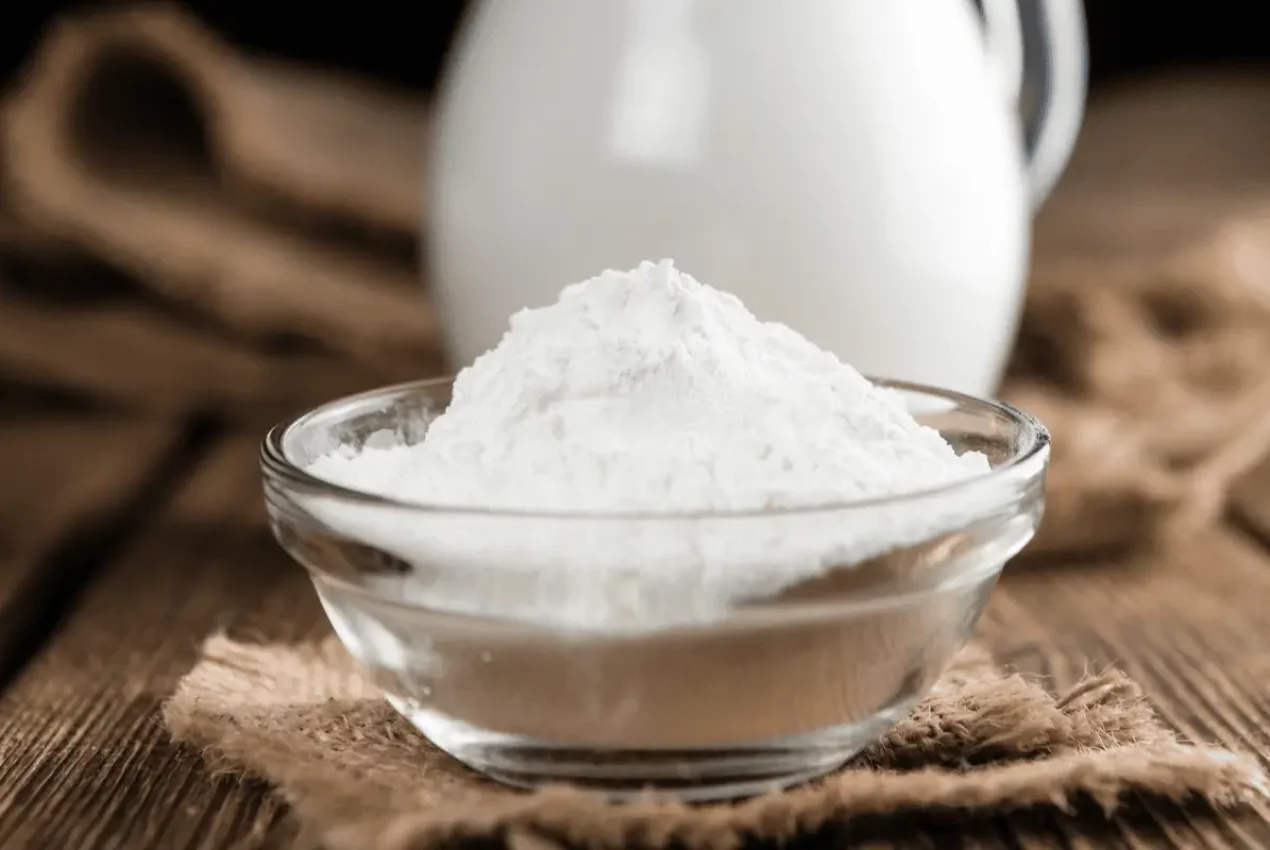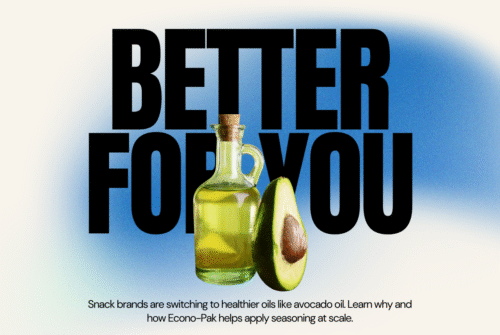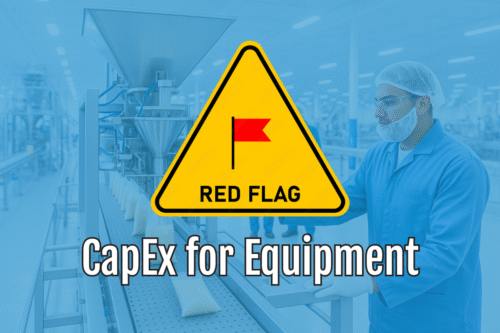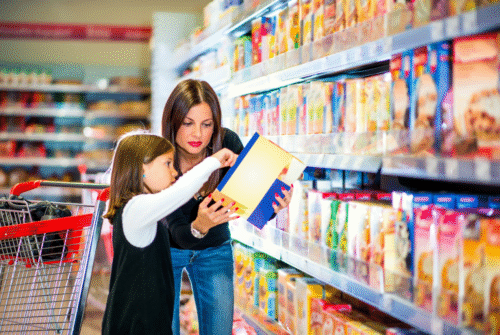What are the foods with the longest shelf life?
Understanding food shelf life is paramount to ensuring consumer safety, minimizing waste, and maximizing profitability.
Here are 7 foods with long shelf lives.
Packaging plays a key role in preserving shelf life.
For foods with long shelf lives, the packaging plays a pivotal role. Contract food packaging companies leverage cutting-edge packaging technologies to enhance the longevity of food products.
Here are a few ways packaging helps preserve shelf life:
- Vacuum sealing: Extracting air from the package minimizes the presence of aerobic bacteria, thus prolonging the food’s shelf life.
- Modified atmosphere packaging (MAP): MAP slows down food degradation by replacing the package’s internal air with a tailored gas mixture.
- Aseptic techniques: Sterilizing both the food and its packaging separately before sealing ensures the contents remain uncontaminated.
- Smart packaging: Modern packaging can do more than just contain. It can absorb excess moisture, regulate oxidation, and even provide freshness indicators.
Let's start scaling
Econo-Pak has over 40 years of experience in the contract food packaging space, specializing in dry food products such as puff snacks, gummies, and powders.
If you are a small business looking to grow, or you’re part of a Fortune 500 company looking to bring a brand to new markets, we can help. Request a quote today if you are interested in getting a fixed price for your food packaging project.





